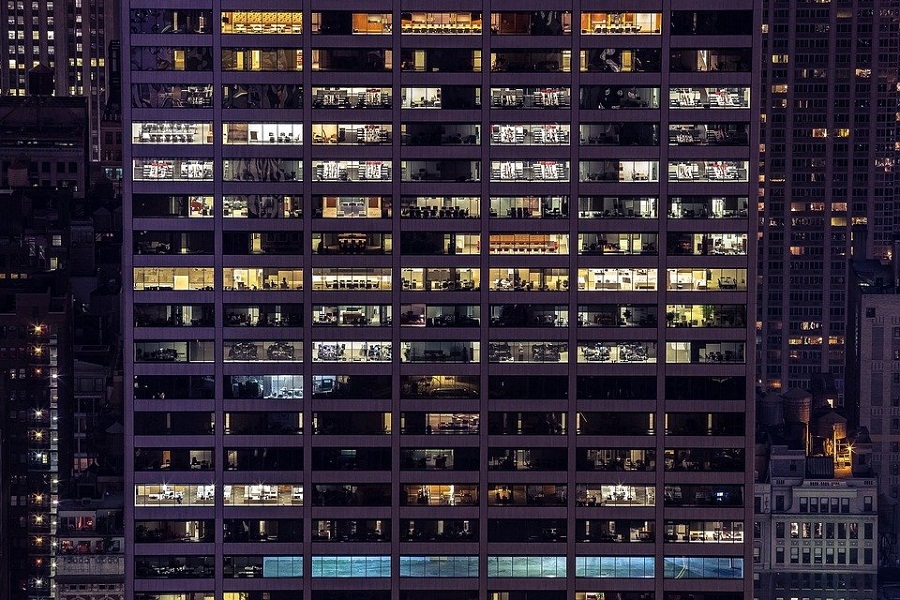Introduction
Energy efficiency or saving is really important for people who own such huge commercial buildings. They think of creative and innovative ways to save energy to not spend a lot on it. Whether it is a factory, office, or warehouse the business is definitely in profits when there’s energy efficiency involved in the construction of the building.
Typically, the non-residential buildings are responsible for at least 10% of Australia’s greenhouse gas emission as per the Section J Report.
Let’s put the information on energy saving of these non-residential buildings as mentioned in section J report as it’s explained in detail along with its parts.
Energy saving in offices
Energy-saving might not be very difficult when you have enlightened your staff about it by giving them the guidelines and recommendations about optimal energy usage and practicing it.
- Step-1: Make sure your staff doesn’t leave their systems on standby. This practice takes up a lot of energy and might have to pay a lot for electricity alone.
- Step-2: Getting your vents in the office cleaned whenever needed will help you use the natural vents and not completely depend on electric vents. It’s an efficient way to save energy in a small or big office. This also gives an impact on the energy-saving report at the end of the year.
- Step-3: Controlling temperature in the office environment is really important. This impacts your electricity bill if you don’t control the temperature of the office. Running ceiling fans in the warmer months is better than completely relying on the air conditioner.
- Step-4: This is the practice that you might have learned from your parents as well. And is to switch off the lights when not in use. Make sure you use energy-efficient light bulbs and your staff should and must develop the habit of switching everything off when not in use.
Energy saving in factories
Each factory will have a different kind of energy-saving practice. But in general, large commercial spaces are energy-intensive.
- Step-1: Make use of natural light whenever possible through the windows and sky or ceiling. This will help you to not really think of forgetting to switch off lights.
- Step-2: With the growing technology, there are sensor lights that come on when you are walking in that area. This saves a lot of energy and reduces the expensive bills too.
- Step-3: You know when you drive across a factory, you’ll find many solar panels shining under the sun. This is actually a smart and great way to use nature in energy saving.
Energy saving in the warehouse and other industrial spaces
Warehouses and other industrial spaces can make use of similar energy-efficient ways. The automatic dimming of the lights in the hallway or narrow walking paths can be used smartly. This way you don’t have to completely depend on electricity, you can actually make use of the natural light that comes in the windows.
Warehouses and industrial sectors can use motion sensor light to not just save energy but make it look stylish. This can be included in the commercial energy rating that you have at the end of the year or a month to check if there’s room for improvement.
How to Maintain Employee Safety in Warehouses
Conclusion
The ideas or steps to conserve energy might be known to all but surely this works wonders when you make use of it in whichever commercial building you own.






